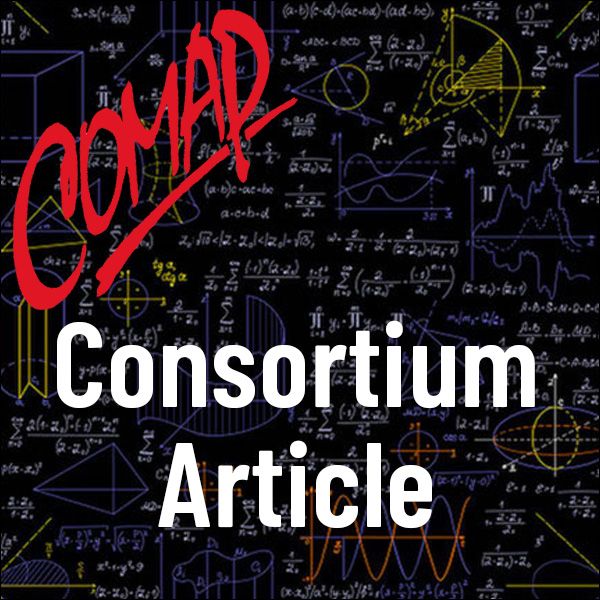Folding Clusters of Equilateral Triangles
Author: Joseph Malkevitch
Why a Column Encouraging
Student Research?
There are many reasons mathematics is taught so extensively in grades K-12. These include the transmission of a body of knowledge in mathematics that was built up, literally, over thousands of years with contributions from all cultures (e.g. China, India, Arabia, Greece); the importance of mathematics in the workplace; the growing role that mathematics has for insight into so many areas of knowledge outside of mathematics - biology, economics, business, etc.
Current curriculum, pays so much time devoted to mathematical tools developed long in the past that students don't realize how much elementary mathematics is being discovered regularly. Mathematical methods improve and theorems stay theorems which creates a tension for the K-12 mathematics we should teach. One way to stretch student conceptions of mathematics is to show them examples of quick-starting questions that they can work on to have the sense of satisfaction in discovering new things for themselves and that are at the same time perhaps also new knowledge.
The items in this column will be drawn from graph theory, combinatorics, and other subjects which are not widely represented in the current K-12 curriculum but which illustrate that simple-tostate problems can serve to encourage students to try their hand at discovering new things and asking new questions about mathematical ideas. In some cases, it is not that nothing at all is known about the questions being posed but "references" to what is known are minimized so students will try new things that perhaps "experts" have overlooked. Since not all of the terminology used may be part of common knowledge, background know-ledge is available via a glossary:
https://www.york.cuny.edu/~malk/Glossary.html

Mathematics Topics:
Application Areas:
You must have a Full Membership to download this resource.
If you're already a member, login here.